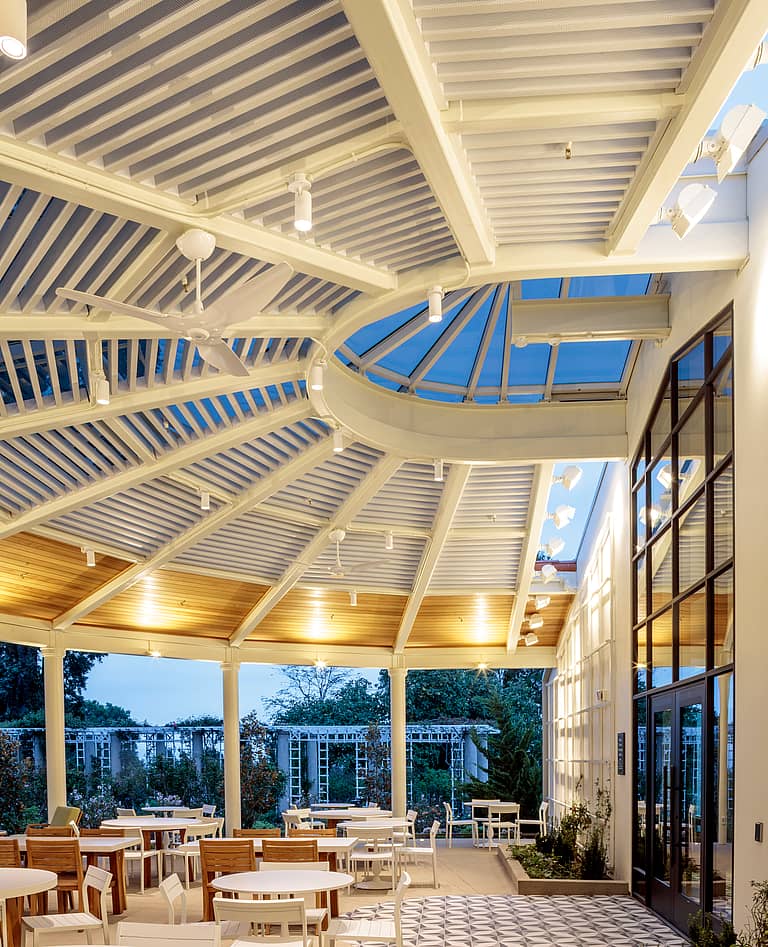The Gypsum Association has revised Repair of Fire-Rated Gypsum Panel Product Systems (GA-225-15) and Assessing Water Damage to Gypsum Board (GA-231-15).
Repair of Fire-Rated Gypsum Panel Product Systems lays out the proper procedures for assessing the severity of damage and achieving an appropriate fire resistive restoration.
Similarly, Assessing Water Damage to Gypsum Board provides recommendations for determining the need for replacement of gypsum boards when exposed to rain, condensation, water leakage and standing water. Key to assessment is identifying and eliminating the source of the water. Gypsum board exposed to sewage or flood water, must be replaced, while gypsum board exposed to uncontaminated water that can be dried thoroughly before the possibility of mold growth sets in may not demand replacement.
Any fire-resistance or sound-rated system exposed to water should be repaired in a manner that is consistent with its original design, including board type, fasteners and their spacing, and staggered joints.
In addition to recommendations for drying conditions, GA-231-15 addresses—for the first time—the use of hand-held moisture meters for identifying and assessing water exposure. Although often used by contractors and consultants, careful calibration according to ASTM C1789, Standard Test Method for Calibrations of Hand-Held Moisture Meters on Gypsum Panels, is essential. However, while moisture meters can help identify areas that are wet versus areas that are dry, or which areas are wetter than others, this type of rank ordering is not necessarily a reliable means of assessing the need for replacement.




